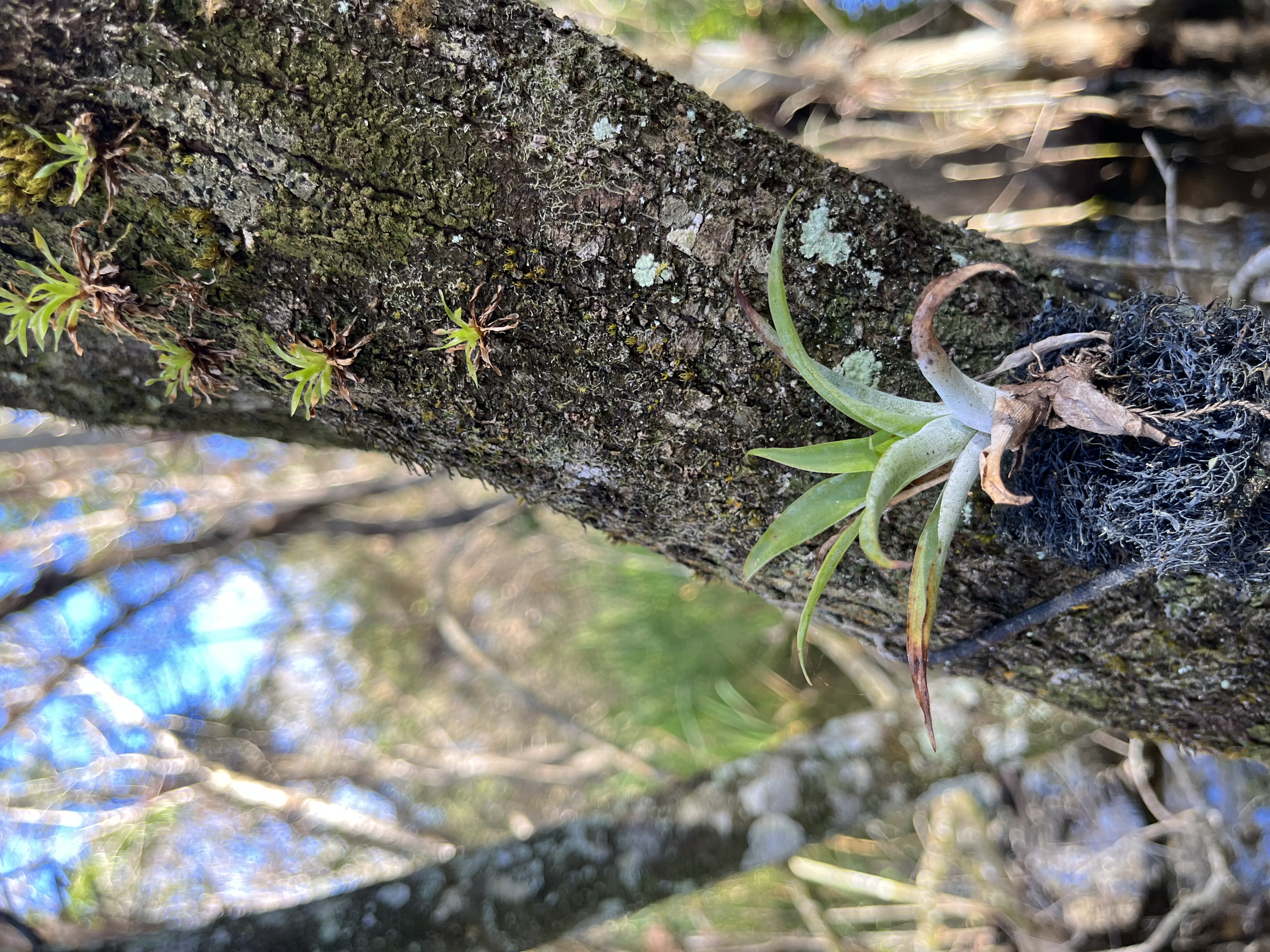My research investigates how sexual systems influence speciation in plants, using the epiphytic bromeliad genus Catopsis as a model for studying the drivers of dioecy and its ecological correlates.
Research Focus: Catopsis

Catopsis Griseb. is an epiphytic genus in the subfamily Tillandsioideae. Its greatest diversity lies in Mexico, though species range across the Caribbean, Central America, and the Brazilian Shield of South America.
Remarkably, Catopsis is one of the few bromeliad lineages with dioecious species—a rarity within the family. Elsewhere, dioecy is documented only in Hechtia (Hechtioideae), the monotypic Androlepis skinneri, and Aechmea mariae-reginae (both Bromelioideae).
Both Hechtia and Catopsis share Mexico as their diversity center, while the two Bromelioideae species are found in Central America (Benzing, 2000).
Despite this intriguing distribution, dioecious bromeliads remain underexplored in studies of genetic diversity and reproductive biology, with only a handful of focused works (Ramírez-Morillo et al., 2005; Cascante-Marín et al., 2020).